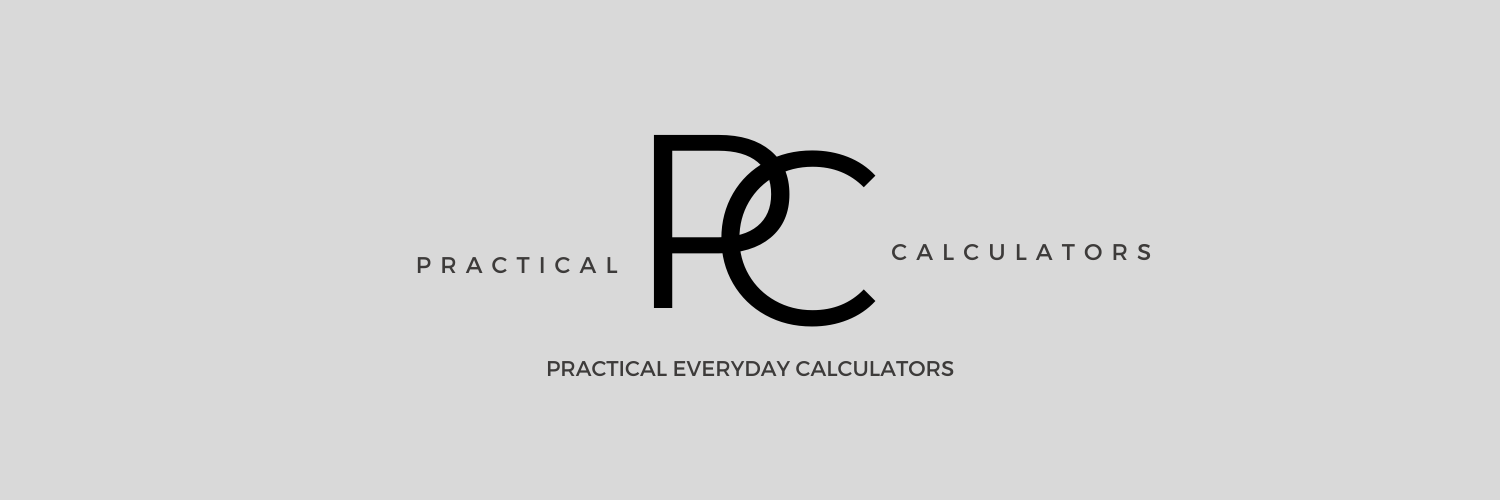Fixed-Rate vs. Adjustable-Rate Mortgages: Navigating the Crossroads of Home Financing
Choosing a mortgage is one of the most consequential decisions in homeownership, akin to selecting the foundation for a house.
The debate between fixed-rate mortgages (FRMs) and adjustable-rate mortgages (ARMs) hinges on balancing predictability against flexibility. Let’s explore these options through a fresh lens, blending financial pragmatism with the psychology of decision-making.
The Steady Ship: Fixed-Rate Mortgages
A fixed-rate mortgage offers a locked interest rate for the entire loan term, typically 15 to 30 years. Think of it as a financial anchor—immune to market turbulence.
Pros:
- Stability: Monthly payments remain unchanged, shielding borrowers from inflation or rising interest rates.
- Simplicity: No surprises. Budgeting becomes straightforward, ideal for long-term planners.
- Peace of Mind: Psychological comfort, especially in volatile economies.
Cons:
- Higher Initial Rates: FRMs often start with higher rates than ARMs, costing more upfront.
- Less Flexibility: Refinancing to capitalize on lower rates involves fees and paperwork.
Ideal For: Buyers planning to stay in their home for decades or those prioritizing consistency over potential savings.
The Flexible Voyage: Adjustable-Rate Mortgages
ARMs begin with a fixed-rate period (e.g., 5, 7, or 10 years) before transitioning to variable rates tied to indexes like the SOFR (Secured Overnight Financing Rate). Imagine a sailboat—nimble in calm seas but vulnerable to storms.
Pros:
- Lower Initial Rates: Early payments are often cheaper, freeing cash for investments or home upgrades.
- Rate Drop Potential: If market rates fall, borrowers benefit without refinancing.
- Short-Term Advantage: Ideal for those planning to sell or refinance before adjustment periods.
Cons:
- Uncertainty: Post-fixed period, rates (and payments) can rise sharply, governed by caps limiting periodic or lifetime increases.
- Complexity: Understanding terms like index margins and adjustment intervals requires diligence.
Ideal For: Savvy buyers with shorter timelines (e.g., 5–10 years) or those confident in rising income to offset future rate hikes.
The Hidden Factors: What Many Overlook
- Economic Forecasting: In a low-rate environment, locking in an FRM can be golden. Conversely, if rates are projected to dip (e.g., during recessions), ARMs might offer savings.
- Hybrid ARMs: Lesser-known options like 5/1 ARMs (5 years fixed, then annual adjustments) blend short-term savings with long-term structure.
- Psychological Resilience: Ask: Can you sleep soundly if your payment jumps 20% in Year 6?
Which Path Should You Take?
- Timeline: Staying put? Lean FRM. Relocating soon? Consider ARM.
- Risk Tolerance: Prefer certainty? FRM. Comfortable with risk for rewards? ARM.
- Market Trends: Consult experts on rate forecasts, but remember—even economists can’t predict the future.
Image Suggestion
Visual Concept: A split-screen infographic.
- Left Side: A sturdy anchor labeled “Fixed-Rate” with a flatlined graph and a homeowner relaxing in a hammock.
- Right Side: A sailboat named “Adjustable-Rate” navigating waves, with a graph showing dips and peaks.
Why: The contrast emphasizes stability vs. adaptability, making abstract concepts tangible.
Final Thoughts
Be aware mortgages aren’t one-size-fits-all, if only it was !
Fixed rates offer the comfort of routine, while ARMs appeal to strategic opportunists. Before deciding, simulate scenarios using –online calculators– (Right here on the website) and consult a mortgage advisor to align your choice with both financial goals and emotional well-being.
After all, a home isn’t just an asset—it’s where life unfolds.
Good Luck !!
